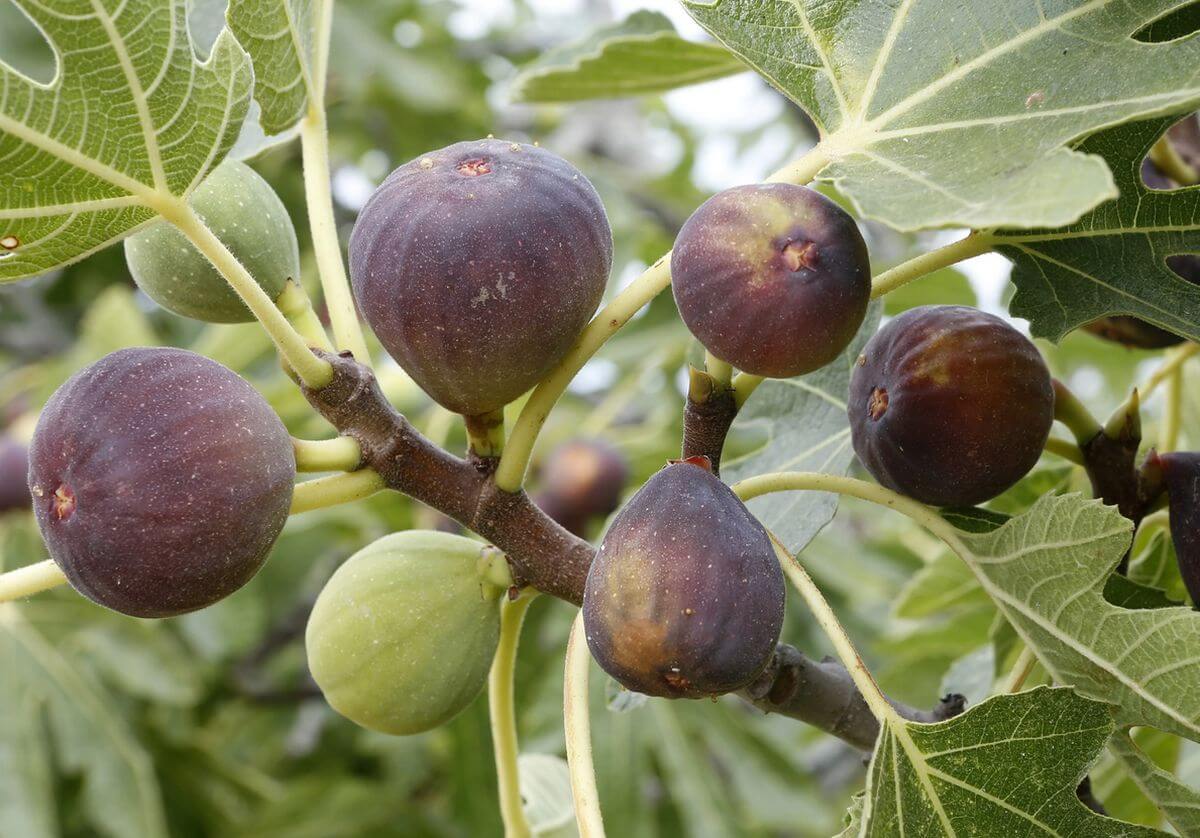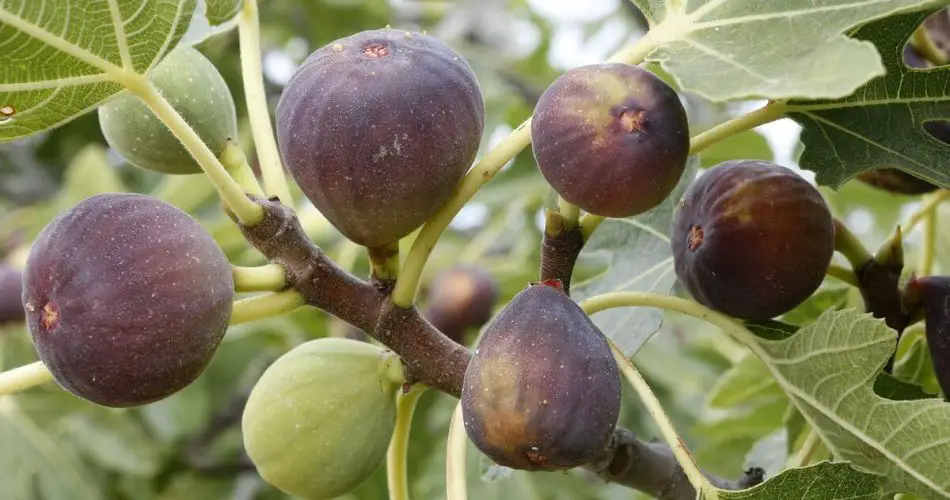Fig trees, cherished for their delectable fruits and captivating foliage, thrive in various settings, including containers, gardens, greenhouses, and against walls. To ensure a bountiful harvest, it’s crucial to maintain these trees properly. Join us as we delve into the art of pruning fig trees, exploring the optimal timing and techniques for this essential task.

When to Prune a Fig Tree:
Understanding when to prune a fig tree is key to enhancing the sweetness and flavor of its fruits. By directing the tree’s energy to specific branches and fruits, you can ensure a more satisfying harvest. The most opportune time for pruning is during winter, when edible figs lie dormant, shedding their leaves.
Ideal Timing:
- After the coldest period of winter.
- Before the tree initiates new leaf growth.
Winter, marked by leaf loss and fruit absence, provides a clear view of the tree’s structure. Pruning during this period sets the stage for robust fig production in the upcoming growing season.
How to Prune a Fig Tree:
Before delving into the pruning process, it’s essential to note that fig tree sap can be irritating to some individuals’ skin. Hence, wearing gloves is advisable, irrespective of the tree’s location or age.
Pruning Steps:
- Remove Dead or Diseased Wood:
- Identify and cut away any dead or diseased branches. This enhances overall tree health.
- Shape the Canopy:
- Aim for an open canopy structure to allow sunlight penetration and air circulation.
- Trim branches that cross or rub against each other.
- Manage Height:
- Control the tree’s height to facilitate easy harvesting and maintenance.
- Trim the central leader (main stem) to encourage lateral growth.
- Selective Pruning for Fruiting Wood:
- Focus on pruning non-fruiting branches to divert energy to fruit-bearing wood.
- Shorten lateral branches, leaving three to five buds.
- Maintain a Balanced Form:
- Strive for a balanced tree shape, avoiding excessive density.
- Encourage an open structure to promote sunlight exposure to all branches.
Additional Tips:
- Gloves: Always wear gloves to protect your skin from potential irritation caused by fig tree sap.
- Pruning Tools: Utilize sharp, clean pruning shears for precise cuts, promoting quicker healing.
Conclusion: Pruning your fig tree in winter, with a focus on shaping the canopy, managing height, and selectively enhancing fruiting wood, sets the foundation for a thriving harvest. By following these expert tips, you provide your fig tree with the care it needs for optimal growth and delicious fig production.



